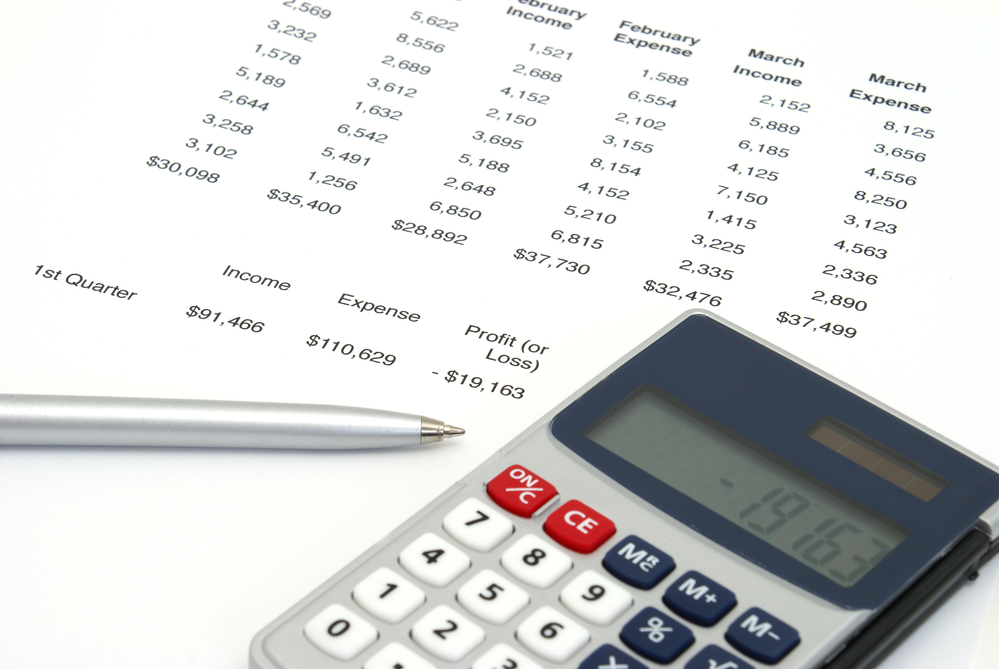Updated March 2025
A profit and loss (P&L) statement helps you see if your business is making money or losing it. It’s one of the most important tools a business owner can use to understand performance, spot trends, and plan ahead. Whether you’re a sole proprietor or running a growing company, reading your P&L correctly gives you a clearer picture of where things stand.
If you’ve ever looked at your numbers and felt unsure about what they actually mean, you’re not alone. Let’s walk through what a P&L statement includes and how it can help your business make smarter decisions.
What You’ll Find on a P&L Statement
1. Revenue (Top Line)
This is where your income is listed. Revenue includes all money your business earns from regular operations—sales, service fees, subscriptions, or other income streams. It’s usually shown as gross revenue, before any costs are subtracted.
2. Cost of Goods Sold (COGS)
COGS represents what it costs to deliver your product or service. This can include materials, supplies, packaging, or direct labor. Subtracting COGS from your revenue gives you your gross profit—a key measure of your core profitability.
3. Operating Expenses
These are the everyday costs of running your business, such as rent, utilities, software subscriptions, office supplies, or salaries. These expenses are subtracted from your gross profit to show your operating income, another important indicator of how your business is performing.
4. Other Income and Expenses
This section includes anything not directly tied to your main business activities—such as interest earned, one-time charges, or unusual income sources. While not part of your regular operations, these entries still affect your bottom line.
5. Net Profit (or Loss)
At the bottom of your P&L, you’ll find your net profit—or loss—after all income and expenses are calculated. This is the true indicator of whether your business earned more than it spent during the reporting period.
Why Your P&L Statement Matters
Your P&L is more than a formality—it’s a decision-making tool. It helps you:
- Track performance over time
- Compare results across different periods
- Identify areas where spending is too high or revenue is too low
- Spot growth trends or early warning signs
Without it, you’re making decisions without a full view of how your business is really doing.
How Ryder & Company Can Help
At Ryder & Company, we make sure our clients not only receive accurate P&L statements, but also understand what they’re looking at. We work with small business owners across industries to ensure their bookkeeping and reporting tools support their goals—not just meet basic requirements.
If you’re not sure how to read your statement or you want help making sense of your numbers, we’re here to help. Clear records lead to confident decisions—and we believe every business owner should have that clarity.
Share this article:

